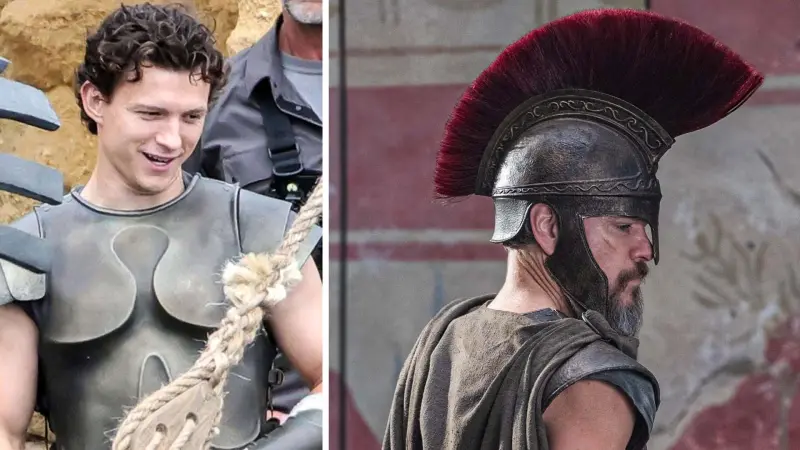Between the years 1096 and 1291, eight major crusades took place, with Christians and Muslims waging fierce religious wars for control over a number of sacred sites.
However, it was not just the sites that were prized by both sides but also the ancient artifacts they sheltered. Among these treasured relics was the True Cross, a term denoting the wooden cross used to crucify Jesus Christ.
The earliest Christians and apostles left no evidence that they hid or preserved the True Cross following Jesus’s crucifixion. Yet, historical legend recalls a woman named Helena, mother of Constantine the First, venturing to the Holy Land in 326 on a quest for this revered relic.
Her journey concluded with the discovery of what was believed to be the True Cross. She erected the Church of the Holy Sepulcher at this site, within the city walls of Jerusalem. The True Cross found sanctuary here, enduring centuries of religious and political turmoil.
While Jerusalem was under Muslim control in 1009, the Fatimid Caliphate ordered the destruction of the Church of the Holy Sepulchre and any artifacts within. This act of desecration incensed Christian leaders in Europe, setting in motion the First Crusade.
In the face of this threat, dedicated Christians in the city concealed parts of the True Cross to ensure its preservation. The relic remained hidden until Arnulf Malecorne recovered it as soldiers stormed the city during the First Crusade.
Thereafter, the True Cross was sheltered within Christian-controlled Jerusalem under the vigilant guard of knights and a formidable defense of cannons.
For Holy Week observances, fragments of the Cross journeyed from its safekeeping to the alleged site of Christ's crucifixion, returning to the Holy Sepulchre, where, it is said, a fire would mystically ignite.
The relic, however, fell into the hands of the Muslim General Saladin during the Battle of Hattin in 1187 and subsequently vanished from historical records for a period.
The Fourth Crusade saw the sacking of Constantinople in 1204, and the Crusaders found a section of the True Cross amongst the city's treasures. This section was divided into pieces and given to bishops and knights, with many finding their way to various churches and monasteries.
To this day, many fragments of wood all around the world are claimed to be of the True Cross, but none have had their legitimacy confirmed...






